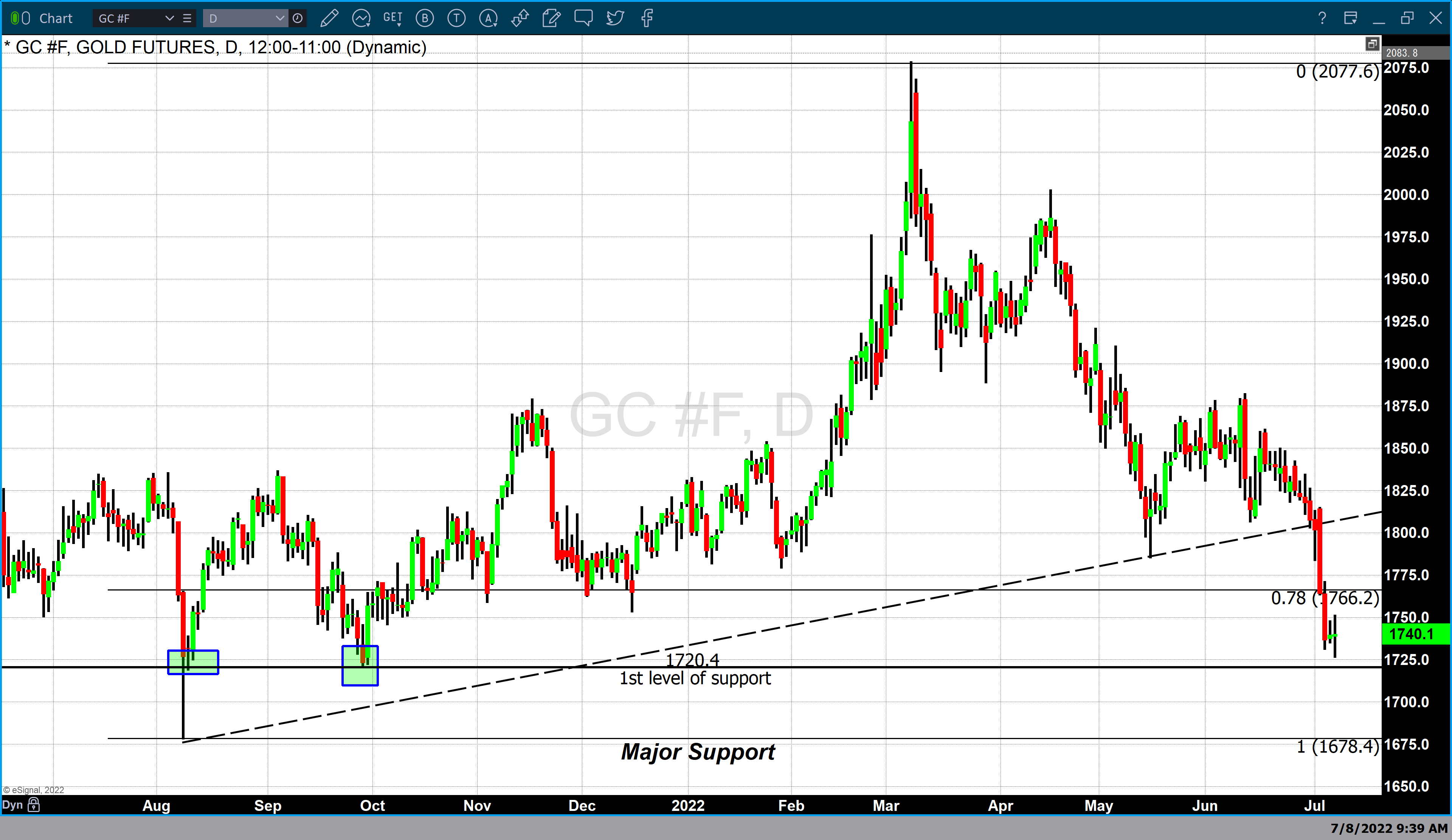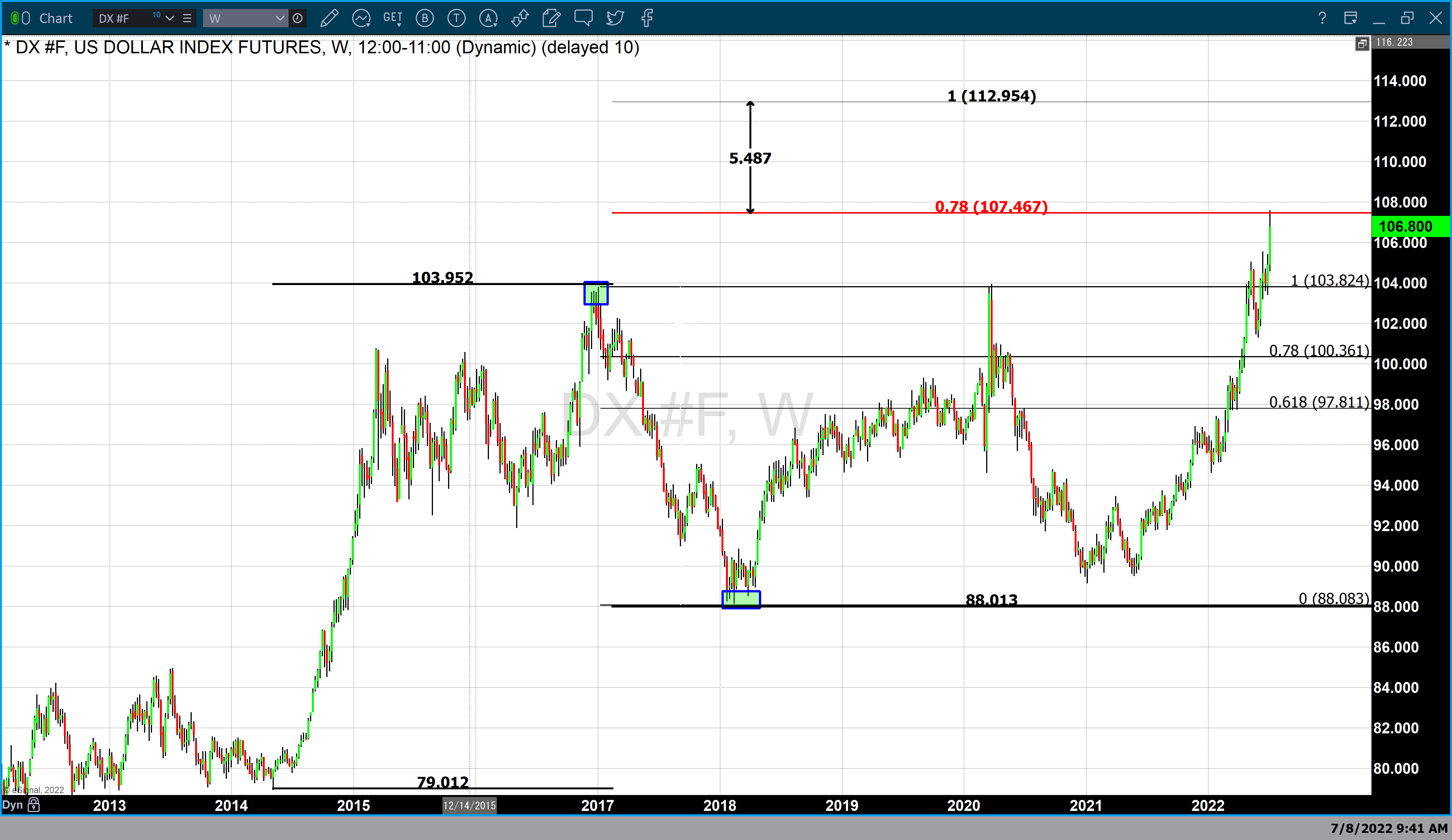Exchange-traded fund investors who buy and sell inverse products regularly know what contango is. But the average investor probably doesn’t understand the ins and outs of contango and how it can hurt an investment.
With a little knowledge, you can actually use contango to your advantage and profit from an investment that is actually losing value.
What is Contango?
In a nutshell, it is the cost of purchasing futures contracts, options, and derivatives. When you invest in a leveraged exchange-traded fund, in order for the fund to gain that 2X or 3X leverage, it must buy monthly futures and options contracts.
Then towards the end of the month, the fund will sell its current contracts with very near-term expiration dates and purchase the following month's contracts that have a longer expiration date. In the process of doing this, the fund will sell a lower-priced contract and then buy a higher-priced contract.
This occurs because the further out the expiration date on an options contract, the more expensive the contract will be. This is because the buyer of the contract has time on their side and the seller is taking on more risk because the value of the underlying asset has more time to make a large move.
Since the price of the further dated contracts is always more expensive than what the fund is selling their current contracts for, the fund is constantly burning money. This money burn, is called contango. The money being ‘burned’ is literally reducing the amount of money the fund has to invest and, over time, causes the price of the ETF to slowly shrink. For example: a $25 ETF will only be worth say $20 over the course of a few months, even if the underlining investments that the fund tracks stayed absolutely the same during that whole period of time.
On a one-day basis, contango isn’t usually seen or felt by investors, but over the course of a few weeks or even months, it would definitely be felt.
How to Make Contango Work For You
One method of taking advantage of this contango money burn is too ‘short’ the different ETFs that experience this phenomenon. However, shorting stocks may not be in the cards for all investors because it is risky and capital intensive, especially when you are trying to short an investment over a long period of time.
Another, slightly lower risky way and with substantially lower capital outlays, is by purchasing put options in ETFs that experience high levels of contango. Buying put options is just slightly less risky since straight shorting a stock can actually end up costing an investor more than a 100% loss.
With put options, your max pain is 100% loss. If you short a stock and the stock runs higher, you could actually lose more than 100% of your initial investment since the stock price has no cap. Options are still risky, but again just slightly less risky.
So how does that work? Let’s say you want to short the Invesco QQQ Trust (QQQ), essentially the Nasdaq index. But you don’t want to just short it, you really believe it is heading lower so you want a little leverage.
You find the ProShares UltraPro Short QQQ ETF (SQQQ). This is an ETF that is 3X short the QQQ or the Nasdaq. The SQQQ will go higher in price when the Nasdaq goes lower. However, the SQQQ experiences contango due to the way it produces its 3 times leverage.
Now the ProShares UltraPro QQQ ETF (TQQQ) is the opposite of SQQQ. It gives investors 3X leverage to the upside of the Nasdaq or the QQQs. If you have a strong conviction that the Nasdaq is heading higher, the TQQQ is for you. But once again, contango will have an effect on your TQQQ returns if you hold it for more than one day.
Your option to not only avoid contango but also to make it work for you is to buy put options contracts in the TQQQ or the SQQQ depending on which way you think the Nasdaq is going to go.
The way these work is buying put contracts on the opposite ETF than the way they are designed to move. If you think the market is heading higher, you would normally buy the TQQQ ETF. But if you want to avoid contango, you actually buy the SQQQ put options. This is because if the market goes higher, the SQQQ will lose value and at the same time contango will be lowering the price on a daily basis just slightly.
Now if you think the Nasdaq is going lower, you would buy put options on the TQQQ, since this ETF will go higher if the market goes higher and lower if the market falls.
I am just using TQQQ and SQQQ as examples, but you can do this with any leveraged ETF that is going to experience contango. Also, you need to remember, contango will only affect an ETF's price if you are holding the ETF for a period longer than one day. And even if you hold it for just a few days, the effect will not typically be noticeable. This strategy is going to produce the best results if you plan to own the put options for a few weeks or months.
Matt Thalman
INO.com Contributor
Follow me on Twitter @mthalman5513
Disclosure: This contributor did not hold a position in any investment mentioned above at the time this blog post was published, but he does buy and sell put options in the TQQQ and SQQQ ETFs from time to time. This article is the opinion of the contributor themselves. The above is a matter of opinion provided for general information purposes only and is not intended as investment advice. This contributor is not receiving compensation (other than from INO.com) for their opinion.







